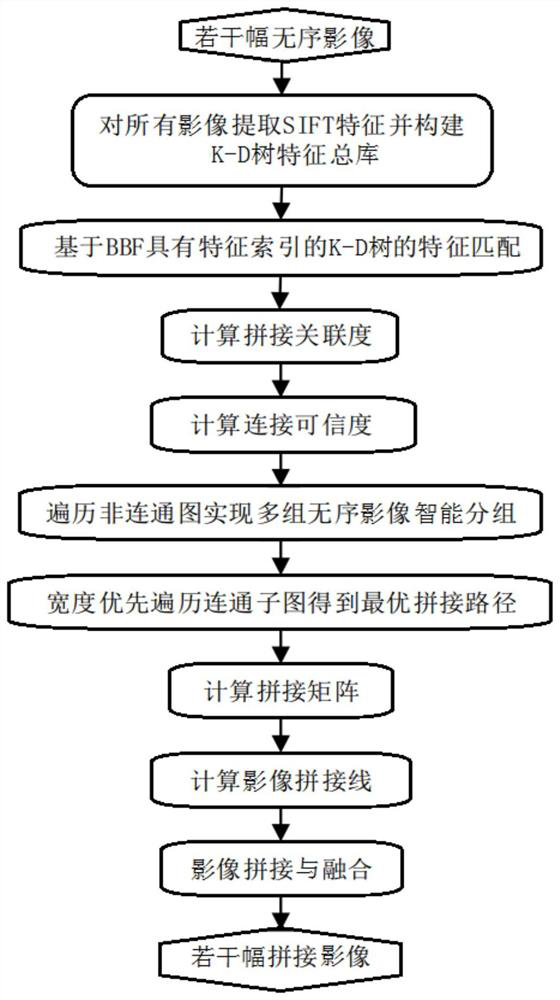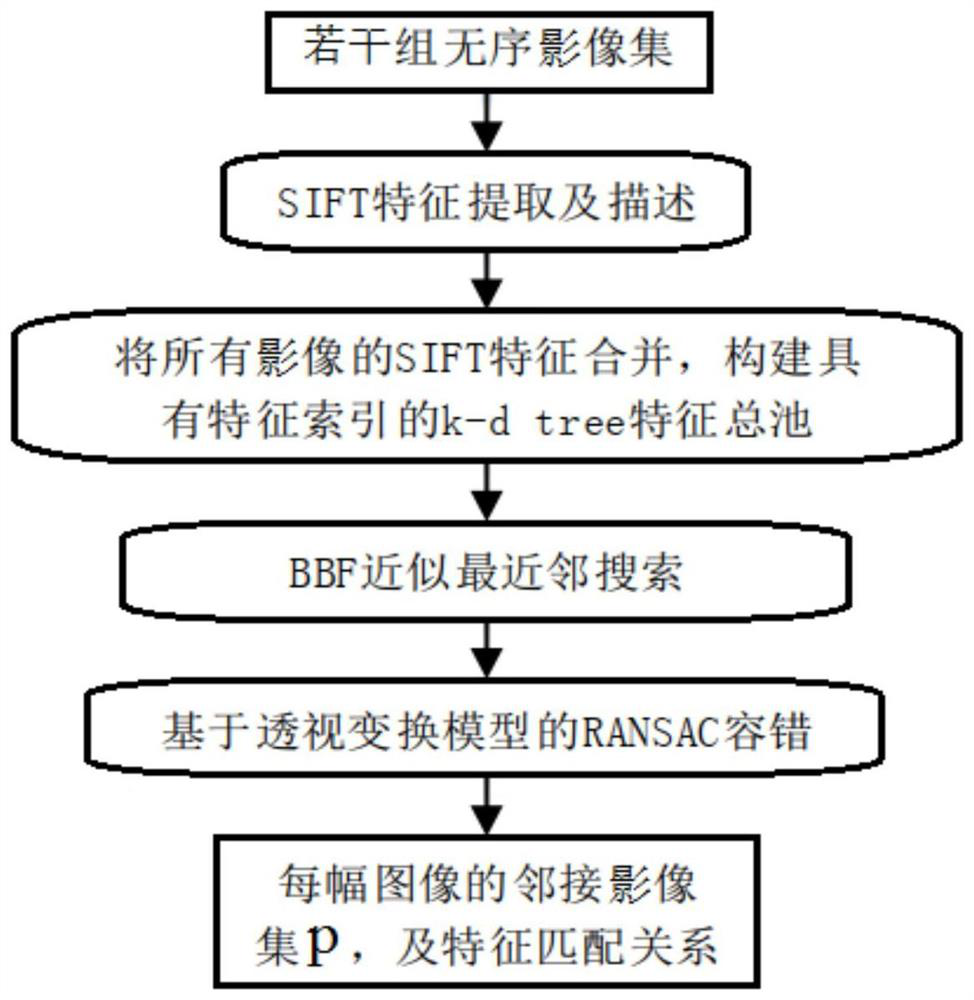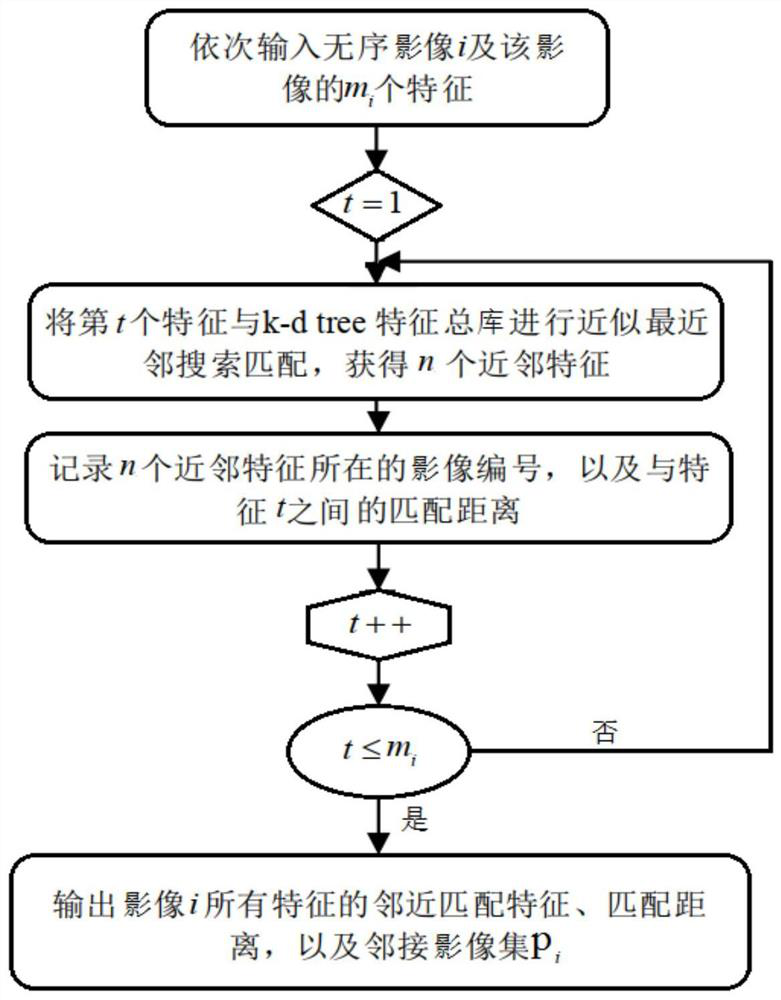Method for intelligently classifying and splicing multiple disordered images
An imaging and intelligent technology, applied in the fields of instruments, character and pattern recognition, computer parts, etc., can solve the problems of low precision, inability to image processing, low scalability, etc., and achieve reliable data processing, remarkable innovation, visual good effect
- Summary
- Abstract
- Description
- Claims
- Application Information
AI Technical Summary
Problems solved by technology
Method used
Image
Examples
Embodiment Construction
[0072] The technical solution of the intelligent classification and splicing method for several disordered images provided by the present invention will be further described below in conjunction with the accompanying drawings, so that those skilled in the art can better understand the present invention and implement it.
[0073] The present invention aims at three major problems in the intelligent classification and splicing of several unordered images: one is to perform feature matching more quickly; the other is to define more accurate image correlation descriptions; , proposed a method of intelligent classification and mosaic of several disordered images based on mosaic correlation; mainly including:
[0074] One is to propose an improved BBF-based K-D tree feature matching method. First, extract the SIFT features of all unordered images, and combine all the features to construct a K-D tree feature library with feature indexes; then, use a BBF-based K-D tree similar to The ...
PUM
 Login to View More
Login to View More Abstract
Description
Claims
Application Information
 Login to View More
Login to View More - R&D
- Intellectual Property
- Life Sciences
- Materials
- Tech Scout
- Unparalleled Data Quality
- Higher Quality Content
- 60% Fewer Hallucinations
Browse by: Latest US Patents, China's latest patents, Technical Efficacy Thesaurus, Application Domain, Technology Topic, Popular Technical Reports.
© 2025 PatSnap. All rights reserved.Legal|Privacy policy|Modern Slavery Act Transparency Statement|Sitemap|About US| Contact US: help@patsnap.com



